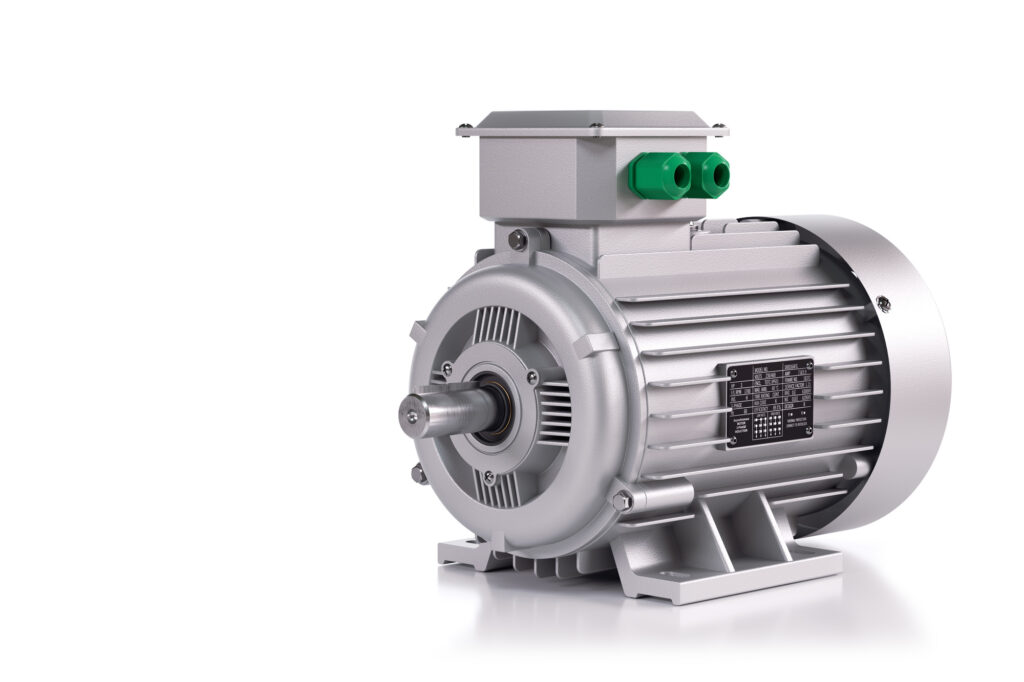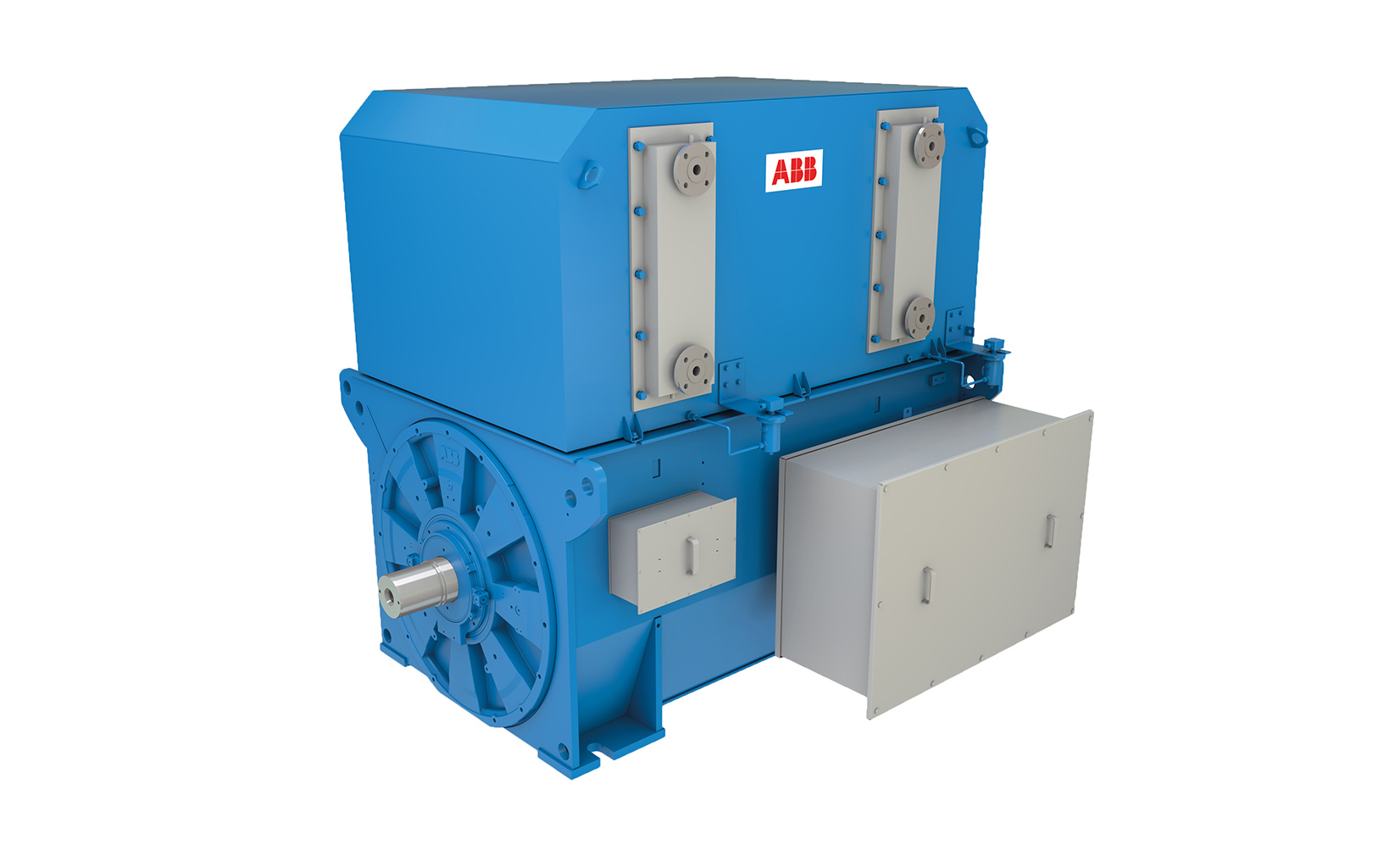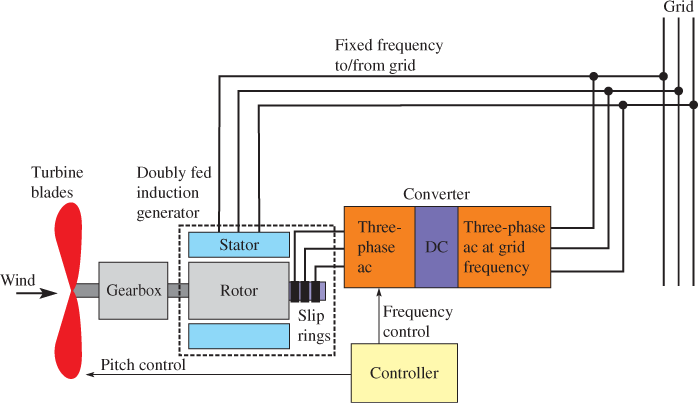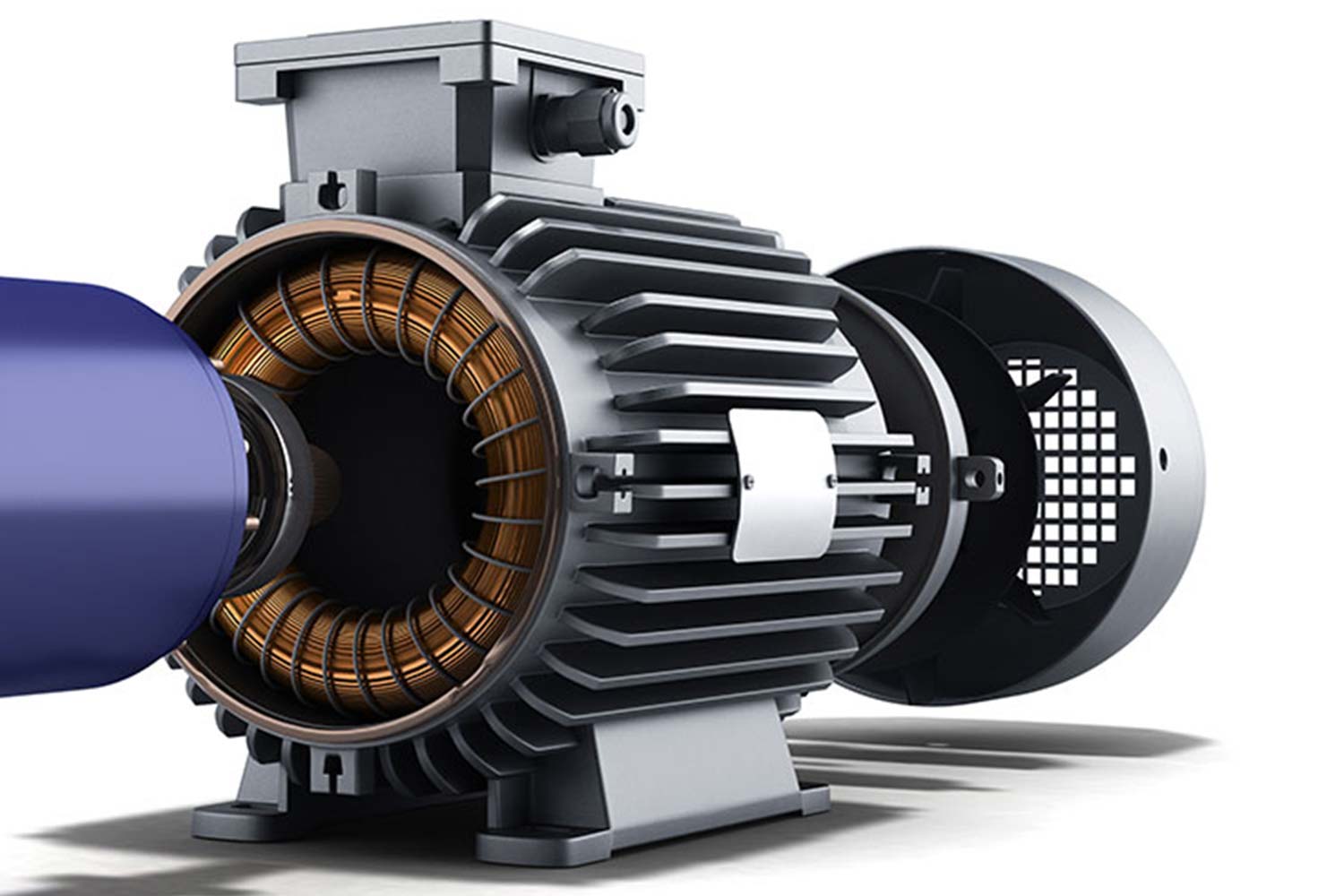Welcome to Linquip Blog. Today and in this article, we want to talk about one of the most common generators in use called the Induction Generator. The question is “What is an induction Generator” To answer this question, we prepared a simple definition for you in the following Section. In the next step, we will reach the working principle of induction generators. In this section, we will explore 4 steps to tell you how an induction generator work. The rest of the article is dedicated to the applications, limitations, advantages, and disadvantages of Induction Generators.
On the Linquip platform, you can find all the information you need about Induction generator equipment and devices. Our experts are available to answer any questions you may have about the induction generator. To get started, read Linquip’s article titled, “What is Induction Generator?“. You need to register as a Linquip Expert to access all of the Linquip features.
Have you considered Guest Posting on the Linquip platform? There is an option for guests to submit posts on Linquip.
Our team has gathered all the necessary information on this topic to eliminate the need for reading diverse content on other websites. Stay with us until the end to find the answer to your question on this topic. Let us start with some basic definitions at the beginning.
What Is an Induction Generator?
An induction generator or asynchronous generator is a type of alternating current (AC) electrical generator that uses the principles of induction motors to produce electric power. An induction generator or machine is started as a motor. An Induction Motor becomes a generator when it is connected to an electrical power system and then driven above its synchronous speed by some prime mover which can be a turbine, an engine, a windmill, or anything capable of supplying the torque and speed needed to drive the motor into the over-speed condition.
Then, the speed of the machine is increased above the synchronous speed by an external prime mover. The speed is increased in the same direction as that of the rotating field produced by the stator windings.
The performance characteristics of a generator will vary slightly from those of a motor. In general, the slip RPM and power factor will be lower and the efficiency will be higher. The differences may be so slight as to be undetectable by normal field measuring methods.
As we will mention in the last section, a major advantage of the Induction Generator is frequency regulation. The speed has to be tightly controlled with a synchronous generator so that its frequency doesn’t deviate from line frequency. The output frequency and volts are regulated by the power system in the Induction Generators and are independent of speed variations. The self-regulation effect minimizes control system complexity.
Induction generators are useful in applications such as mini-hydropower plants, and wind turbines, or in reducing high-pressure gas streams to lower pressure because they can recover energy with relatively simple controls.

How Does an Induction Generator Work?
In the previous section, we introduce Induction Generators as a whole. In the following lines and through 4 steps, we will tell you how an Induction Generator work.
Step 1. Consider, an AC supply is connected to the stator terminals of an induction machine. The rotating magnetic field produced in the stator pulls the rotor to run behind it(in this phase, the machine is acting as a motor).
Step 2. Now, if the rotor is accelerated to the synchronous speed using one of the prime movers we mentioned above, the slip will be zero and hence the net torque will be zero. The rotor current will become zero when the rotor is running at synchronous speed.
Step 3. If the rotor is made to rotate at a speed more than the synchronous speed, the slip becomes negative. A rotor current is generated in the opposite direction, due to the rotor conductors cutting the stator magnetic field.
Step 4. In the last step, this generated rotor current produces a rotating magnetic field in the rotor that forces in the opposite way to the stator field. This causes a stator voltage which pushes current flowing out of the stator winding against the applied voltage. Thus, the machine is now working as an induction generator or as it is usually known an asynchronous generator.
What Are the Applications of an Induction Generator?
In the previous two sections, we told you what an induction generator is and how it works. In the following, we will introduce the main three applications of induction generators.
1. Paper Mills
One of the usages of the induction generators is in the paper mills having a significant supply of available fuel in the bark and wood scrap. Used in a boiler, this can generate 4000 HP of excess steam. The largest single load is a 2000 HP, 3600 RPM pump. By mechanically connecting a 4000 HP turbine and a 2000 HP Induction Generator to the pump, the fuel can be used to drive the pump and generate 2000 HP of electricity. In the event of steam failure, the generator can be used as a motor to drive the pump. Further, the pump will help limit the system’s over-speed in the event of electrical load loss.
2. Windmills
The wind blows constantly between the desert and the mountains. By setting up some towers with windmills driving Induction Generators through gearboxes, there will be Power generated proportional to the wind velocity and it can be sold to the local utility.

3. Water Companies
Water Companies can buy electrical power at low rates at night and sell power at high rates during the daytime peak load period. How? They build low and high storage basins and install several pumps. At night they pump water from the low basin to the high basin, buying power from the utility. At peak periods, the water flows back down through the pumps, driving the motors as generators. The power is sold to the utilities. The arrangement is so simple that it can be remotely operated.
What Are the Limitations of an Induction Generator?
It is the turn of Induction Generators’ Limitations. In the following, you will get familiar with some of the most common limitations of this kind of generator.
An induction generator that is connected to a capacitor system can generate sufficient reactive power to operate and do on its capabilities. When the load current exceeds the capability of the generator to supply both magnetization reactive power and load power, the generator will immediately stop producing power. The load must be removed and the induction generator restarted with either a DC source or if it is available, residual magnetism in the core.
It is good to know that Induction generators are particularly suitable for wind-generating stations as in this case speed is always a variable factor. Unlike synchronous motors, induction generators are load-dependent and cannot be used alone for grid frequency control.
Advantages and Disadvantages of Induction Generators?
This is the last section where we are presenting some of the most important advantages and disadvantages of Induction Generators. Let’s have a look at the pros and cons of this type of generator.
1. Advantages of Induction Generators
- It requires less maintenance.
- It is relatively cheaper.
- It possesses a small size per kW output power which means high energy density.
- It runs in parallel without hunting.
- Like a synchronous generator, it needs no synchronization to the supply line is required.
2. Disadvantages of Induction Generators
- An induction generator requires reactive volt-amperes from the supply line to furnish its excitation.
Conclusion
In this article, we tried to give you all the essential information about induction generators. we brought the basic definition of what an induction generator is and then we moved to the working principle and different usages of induction generators or as they are usually called asynchronous generators. In the last section, we brought up some advantages and disadvantages of this type of generator.
If you have any experience using asynchronous generators and know more about them, we will be very glad to have your opinions in the comments on our website Linquip. Moreover, if you have any questions about this topic, you can sign up on our website and wait for our experts to answer your questions. Hope you enjoyed reading this article.
Download PDF for Induction Generator
This PDF file lets you keep a copy of this article on your computer to refer to whenever you need it.
Buy Equipment or Ask for a Service
By using Linquip RFQ Service, you can expect to receive quotations from various suppliers across multiple industries and regions.
Click Here to Request a Quotation From Suppliers and Service Providers
Read More on Linquip
- Induction Generator vs Synchronous Generator: A Comprehensive Comparison
- How Long to Wait After Using Ozone Generator
- How to Use Ozone Generator in Home
- Working Principle of AC Generator
- The 10 Best Solar Generator
- What is Generator Efficiency? Calculation & Formula Guide
- What is an Induction Generator? An Ultimate Guide
- All About DC Motor Types and Their Applications
- How Does a Brushless Motor Work: A Full Explained Guide
- Parts of DC Generator: Explanation of Parts, Working, Types, Advantages & Disadvantages
- Parts of Generator: a Simple, Yet Useful Guide
- DC Motor Working Principles: The Most Compendious Reference
- The Biogas Generator: A New Approach to the Future of Fuels and Energy
- A Clear Classification of DC Generators
- DC Motor Parts, Structure, Design, and Advantages
- Working Principle of Diesel Generator
- What are the parts of AC Generators?
- Difference between AC and DC generators: An easy-to-understand guide
- More Details about Siemens Generators
- More Information about Siemens Generators Services
- Read More Information about Siemens Generator Installation Services
- Read More Details about Siemens Generator Maintenance Services
- More Information about General Electric (GE) Generators
- More Information about GE Generator Services
- More Details about GE Generator Installation Services
- More Details about GE Generator Maintenance Service
- What are Alstom Generators? (Clear Guide)







I am looking industrial generator motour
Thanks Paul for visiting our website. You can find numerous industrial generators in our Equipment page, where you can find your desired generator. You can also Request for Quotation if you select a proper generator for your application.